The Insurance Institute for Business & Home Safety (IBHS), headquartered in Tampa, Fla., has promoted Anne D. Cope, Ph.D., P.E., to senior vice president of Research and chief engineer.
Cope has assumed leadership of IBHS’ multimillion-dollar research agenda to make homes and businesses stronger against multiple natural hazards, and now also oversees the FORTIFIED Home program.
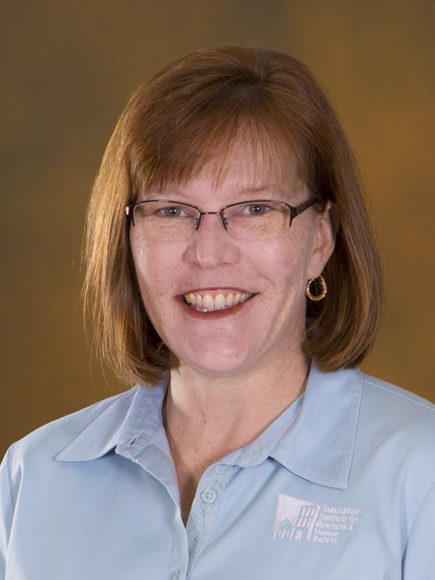
Cope, who joined IBHS in 2009, assumes leadership of IBHS’ team of scientists and engineers from Timothy Reinhold, Ph.D., P.E., who retired in December 2017 after several years in the position.
Also promoted were:
- Tanya Brown-Giammanco, Ph.D., to vice president, Research
- Fred Malik to vice president, FORTIFIED Programs
-
Chuck Miccolis to vice president, Commercial Lines
- Murray Morrison, Ph.D., to vice president, Research
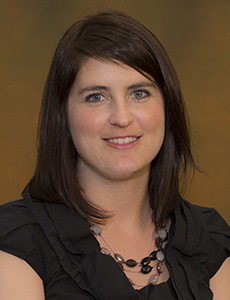
“Across our nation and territories, 2017 weather was brutal by every measure, causing significant loss of life and $306 billion in property damage. This weather will happen again, but our research and science proves that home and business owners can prevent storms from becoming catastrophes and tragedies,” Cope said in a statement from IBHS. “‘Never again’ is possible for homes built to stronger standards.”
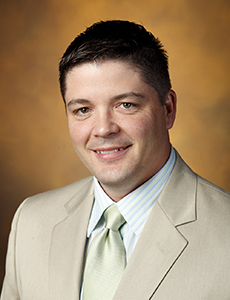
Cope said the goal of IBHS and its member companies is to find and share construction methods and materials so people can “rebuild stronger and avoid future damage.”
During 2018, the FORTIFIED Home team will focus on post-Hurricane Harvey recovery efforts by launching the FORTIFIED Home–Hurricane program in coastal Texas and by recruiting and training evaluators and builders. IBHS also will continue efforts to scale the program in Alabama, Oklahoma and North Carolina.
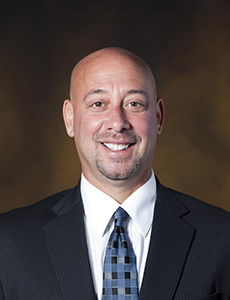
FORTIFIED Home is a set of engineering and building standards designed to help strengthen new and existing homes against specific natural hazards, including hurricanes, high winds, and high winds and hail.
“Much of the damage inflicted by weather events each year can be avoided if homes and businesses are built with resilience in mind,” Cope said.
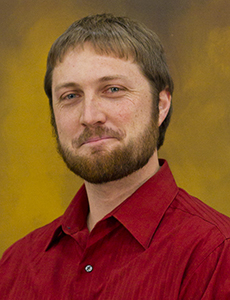
She added the FORTIFIED Home team will work with the roofing industry this year share and encourage adoption of its techniques, and work to educate homeowners, builders, architects and materials manufacturers on the FORTIFIED program.
In parallel during 2018, Cope’s team at the IBHS Research Center will be analyzing weather and damage data from 2017 hurricanes and fires to glean additional information on how these extreme weather events impacted structures of various designs and code standards.
In addition, IBHS will:
- Issue a data set resulting from IBHS’ continuous load path testing and demonstration project during 2017, including pressure data that resulted in new guidance urging homes outside flood zones to close all interior doors when high wind events are expected.
- Conduct hail, wind, and wildfire testing on roof specimens aging at the IBHS “roof farm” to understand how shingles perform against these risks as they age in a natural environment.
- Continue the ongoing hail field study, and continue refining a hail testing protocol and damage matrix.
- Conduct testing to identify the appropriate size for a noncombustible zone for structures located in wildfire-prone areas.
- Conduct research on wind-driven rain penetration of typical high-rise HVAC units to determine mitigation strategies for this risk.
IBHS’ mission is to conduct objective, scientific research to identify and promote effective actions that strengthen homes, businesses and communities against natural disasters and other causes of loss.
Topics Florida Catastrophe Leadership Hurricane
Was this article valuable?
Here are more articles you may enjoy.


 Jury Awards $80M to 3 Former Zurich NA Employees for Wrongful Termination
Jury Awards $80M to 3 Former Zurich NA Employees for Wrongful Termination  Progressive Gains as Drivers Shop Around for Auto Insurance—Again
Progressive Gains as Drivers Shop Around for Auto Insurance—Again  Vintage Ferrari Owners’ Favorite Mechanic Charged With Theft, Fraud
Vintage Ferrari Owners’ Favorite Mechanic Charged With Theft, Fraud  Chubb to Acquire MGA Healthy Paws From Aon
Chubb to Acquire MGA Healthy Paws From Aon 

